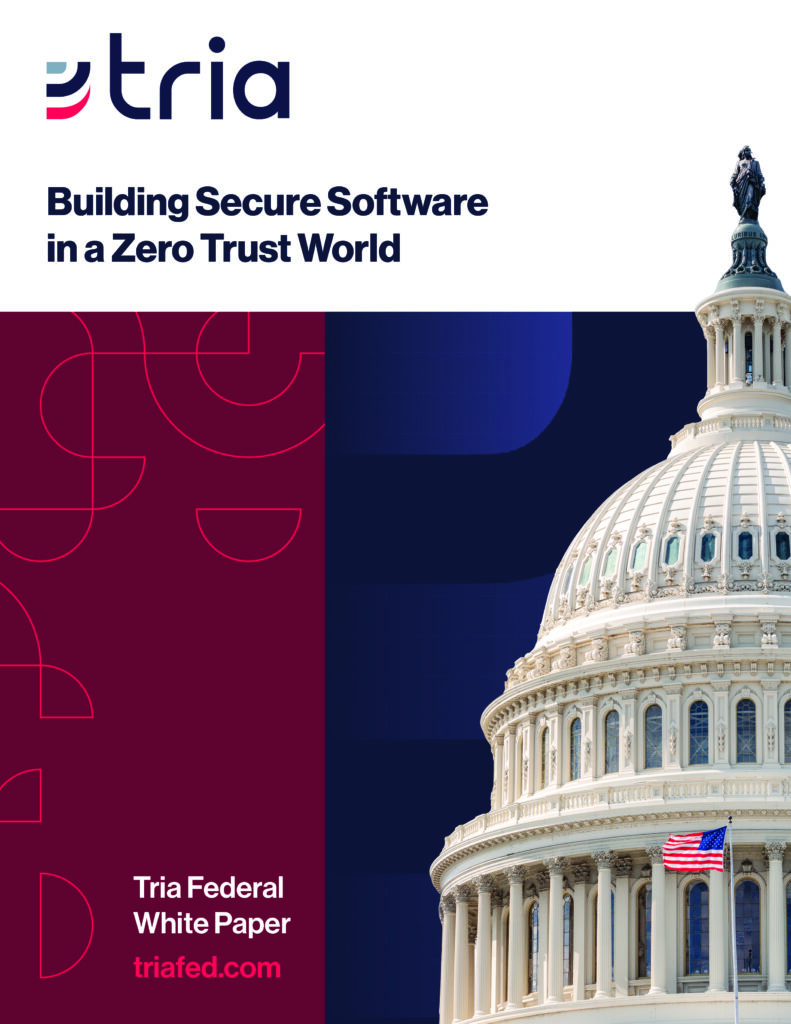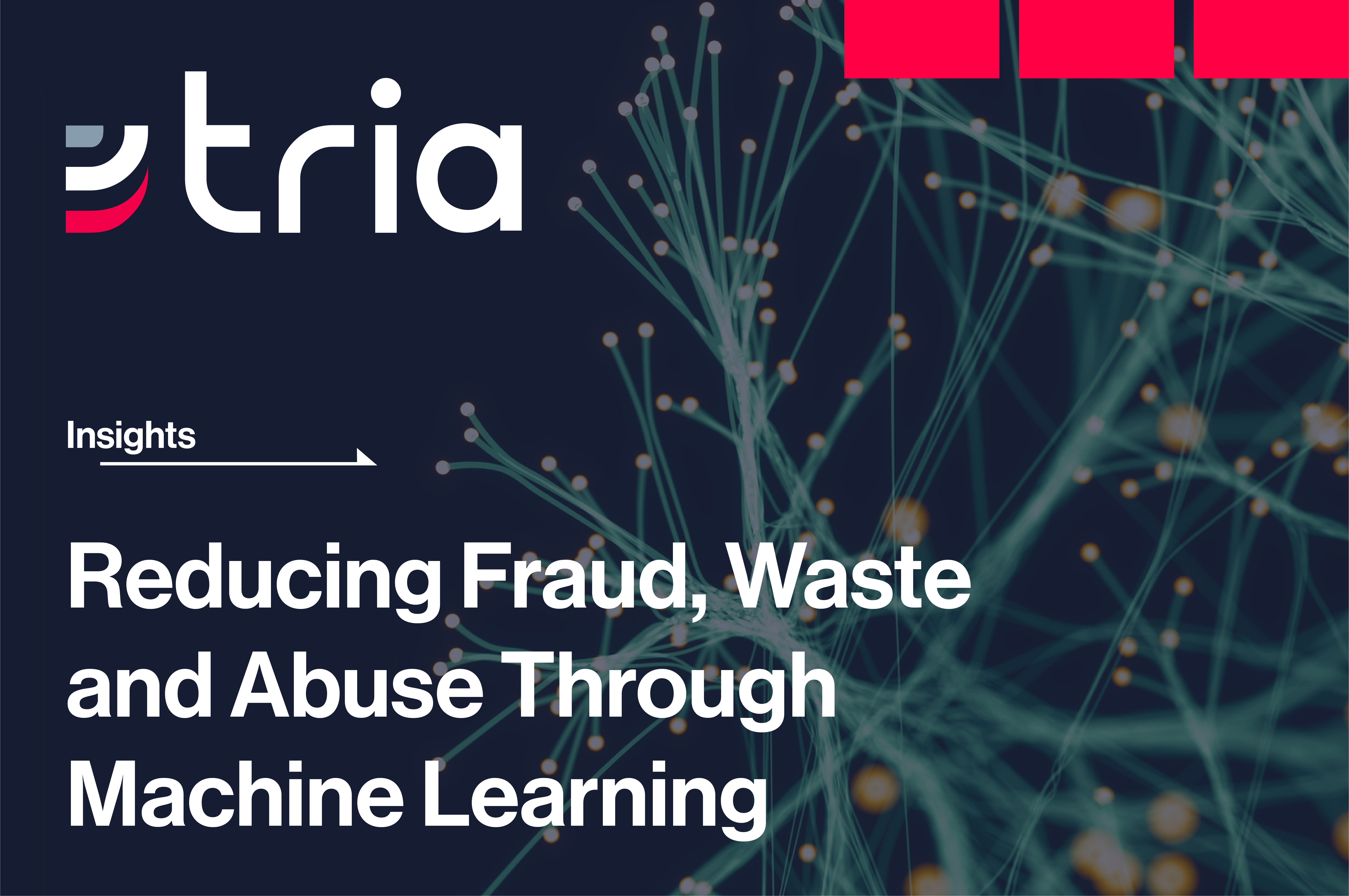With cyber threats growing increasingly sophisticated, traditional perimeter-based security models – once considered sufficient – are now proving inadequate. As a result, federal agencies are shifting to the Zero Trust security model, which operates under a fundamental principle: never trust, always verify.
At Tria Federal, we understand that security must be embedded at every stage of software development. Our new white paper, “Building Secure Software in a Zero Trust World,” explores how organizations can integrate Zero Trust principles within the Software Development Life Cycle (SDLC) to build secure, resilient applications that withstand today’s most pressing cyber threats.
The objective of secure coding practices in the Zero Trust context is to proactively address and prevent vulnerabilities and misconfigurations before malicious actors exploit them. A truly secure SDLC demands a proactive approach that incorporates secure coding, testing, and continuous monitoring from the start and at each part of the process. Our white paper outlines key strategies for achieving this, including shifting security left, implementing least privilege access and applying micro-segmentation.
Zero Trust strengthens data security by maximizing the confidentiality, integrity, and availability of data through the use of tools like encryption, data integrity checks and immutable infrastructure.
Federal agencies have more to gain from implementing Zero Trust than regulatory alignment alone. By reducing data breach risks through robust authentication and continuous verification, they protect sensitive information and maintain operational integrity. A security-first approach improves an organization’s agility by enabling it to quickly respond to emerging threats; if one defense measure fails, others remain in place.
Organizations that integrate Zero Trust principles into software development demonstrate a commitment to security, which promises to enhance public trust in a federal agency.
Download our white paper to learn why and how to integrate Zero Trust into software development. And after you’ve read the paper, if you want to get in touch, send us a note through our contact form.




